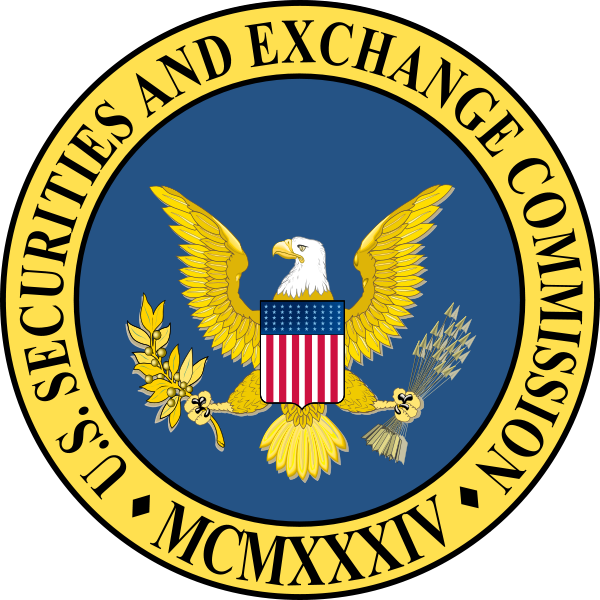For those that thought the Sarbanes-Oxley Act ("SOX") is now just a relic of the past, think again. Section 404 of the Act required massive investments by large companies to bolster their internal controls over financial reporting. However, another section of the Act, Section 304, is just now starting to be utilized by the Securities and Exchange Commission ("SEC") as an enforcement mechanism to "clawback" executive pay. Here is the language from Section 304 in its entirety.
Section 304 -- Forfeiture of Certain Bonuses and Profits
- Additional Compensation Prior to Noncompliance With Commission Financial Reporting Requirements. If an issuer is required to prepare an accounting restatement due to the material noncompliance of the issuer, as a result of misconduct, with any financial reporting requirement under the securities laws, the chief executive officer and chief financial officer of the issuer shall reimburse the issuer for--
- any bonus or other incentive-based or equity-based compensation received by that person from the issuer during the 12-month period following the first public issuance or filing with the Commission (whichever first occurs) of the financial document embodying such financial reporting requirement; and
- any profits realized from the sale of securities of the issuer during that 12-month period.
- Commission Exemption Authority. The Commission may exempt any person from the application of subsection (a), as it deems necessary and appropriate.
The wording of the legislation is not specific as to who should forfeit their compensation when a company is found to have misstated its financials. As a result, the SEC is targeting the CEOs and CFOs of these companies regardless of their involvement in the wrongdoing. The first enforcement action is against the CEO of CSK Auto Corporation and seeks $4 million in restitution from the CEO. Here is what the SEC alleges
in their action.
"The personal compensation received by CEOs while the companies they serve engage in wrongdoing can be clawed back," said Robert Khuzami, Director of the SEC's Division of Enforcement. "The costs of such misconduct need not be borne by shareholders alone."
"Jenkins was captain of the ship and profited during the time that CSK was misleading investors about the company's financial health," said Rosalind R. Tyson, Director of the SEC's Los Angeles Regional Office. "The law requires Jenkins to return those proceeds to CSK."
According to the SEC's complaint filed in U.S. District Court for the District of Arizona, Jenkins made $2,091,020 in bonuses and $2,018,893 in company stock sales that should have been reimbursed to CSK pursuant to SOX Section 304.
This action is proof that the risks associated with compliance and regulation are increasing and are very real. Are you certain that your company is SOX compliant? If not, Wheelhouse Advisors can help. To learn more, visit
www.WheelhouseAdvisors.com.










